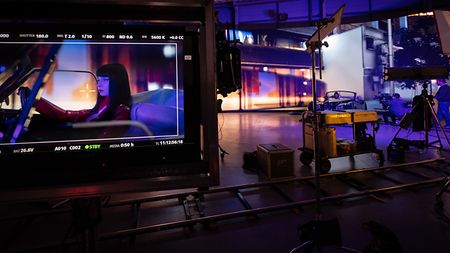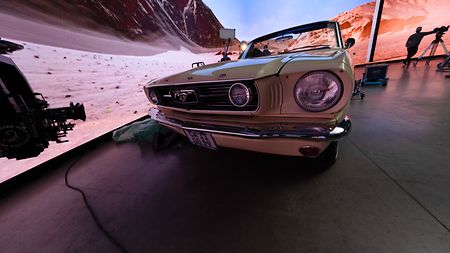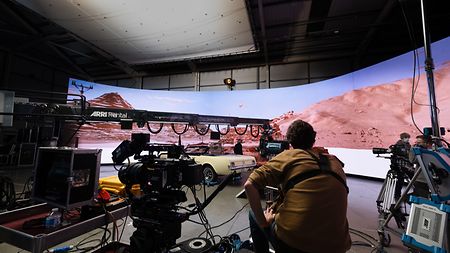The usable framerate is determined by the camera’s ability to sync. ALEXA Mini, Mini LF, AMIRA and ALEXA 35 cameras are capable of synchronizing to all standard tri-level rates (23.976, 24, 25, 29.97, 30, 48, 50, 59.94, and 60).
Since the ALEXA Classic camera models utilize LTC as their method of synchronization, only standard SMPTE Timecode frame rates of 23.976, 24, 25, 29.97, and 30 can be utilized. Under-cranking and over-cranking with frame rates such as 18 fps and 33fps, respectively, will prevent the ability to synchronize.







